What is Web 3.0, after all?
This article helps you understand what the most important technologies in Web 3.0 are, such as Blockchain, Artificial Intelligence (AI), Internet of Things (IoT), Virtual and Augmented Reality (VR/AR). We illustrate how they are evolving and shaping our next-generation web.
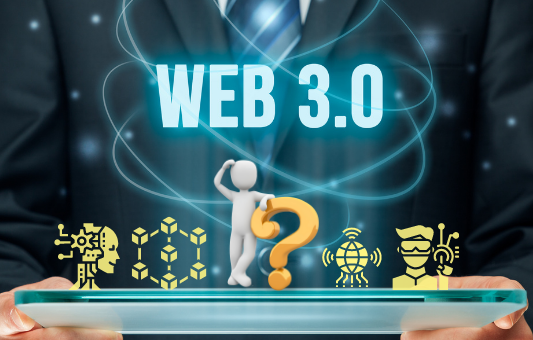
The World Wide Web (Web) allows users around the world to access information through the Internet. In 2021, 4.7 Billion people, or 60% of the global population have become active Internet users, counting the Web as part of their daily life.
Web 3.0 is still a rapidly evolving megatrend in its early stage. There is a suite of technologies commonly associated with the trend, but it is not always easy to navigate them due to the broad nature of the Web. This article helps you understand what the most important of these technologies are, how they are mutually connected, how they are evolving, and how they could make our future different.
We will first take a brief review of where we come from in Web 1.0 and where we are now in Web 2.0. Then we dive into the different defining themes for Web 3.0.
Web 1.0 - the original World Wide Web

The Web was introduced by Sir Timothy Berners-Lee in 1989, and its underlying Internet was invented by Vint Cerf and Bob Kahn earlier in 1974. The original Web that started to propagate in the 1990s is now known as Web 1.0. The web at that time contains largely a bunch of websites with static pages of text or image information. People access those pages on their desktop computers using nascent web browsers such as Netscape. Users were primarily consuming the web content passively, without the ability to contribute to it. In other words, it is more or less a one-way information portal.
Web 2.0 - the social and mobile web
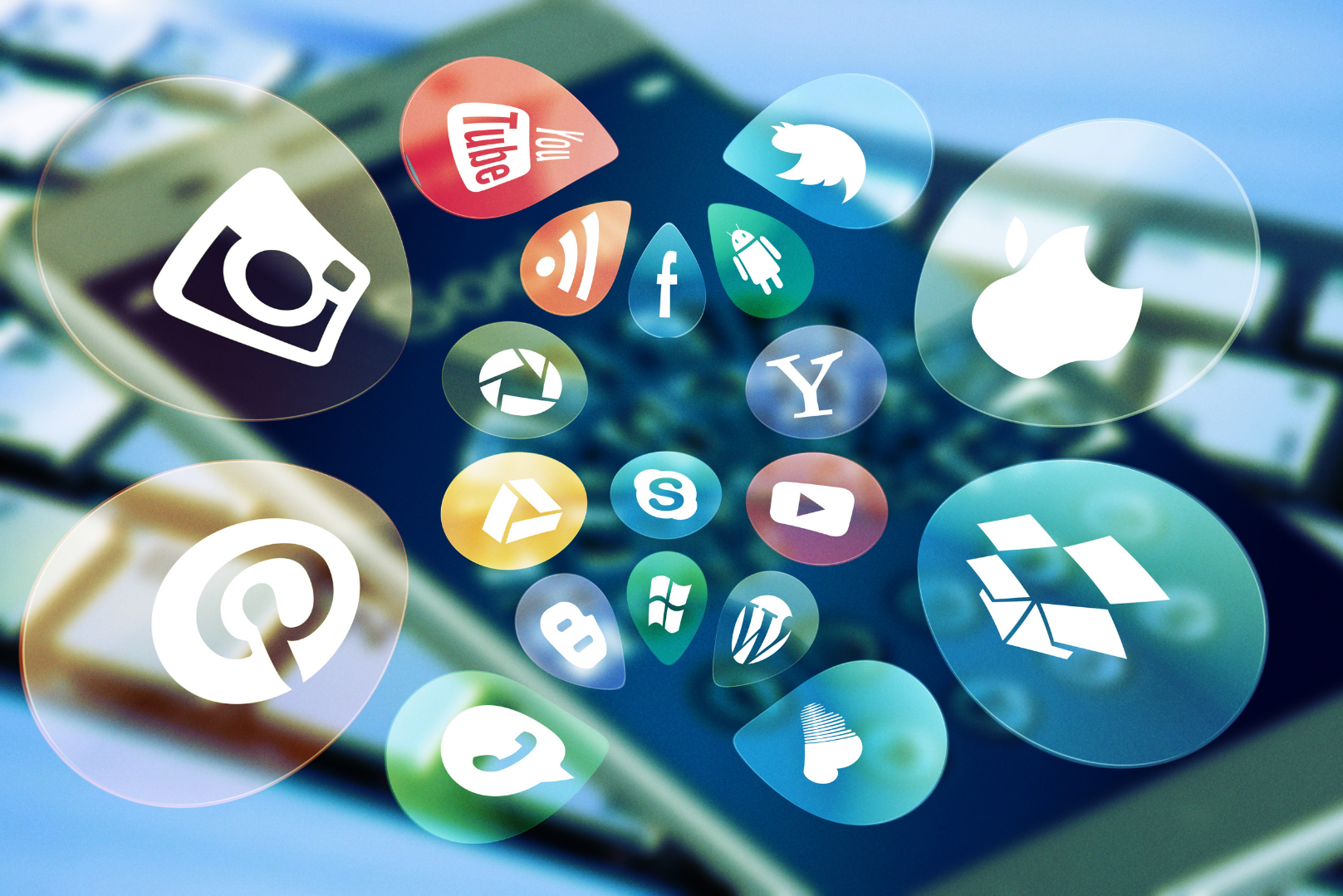
The current Web 2.0 era started around the early to mid-2000s with a strong defining character: "Social". Technological developments in the last two decades have made it possible for any Internet user to create and share their own content on the Web with the entire world, from texts to audio and videos. This phenomenon has driven a completely different web engagement experience. The explosive amount of user-generated data has elevated the utility of the Web to an unparalleled level compared to the Web 1.0 age. It is not surprising to see that some of the most successful companies in this era are those who captured the social theme of Web 2.0. Examples range from the largest social media platforms such as Facebook and Twitter, to search giants like Google that help people navigate the exponential amount of information on the Web. That is why Web 2.0 is also known as the Social Web.
Another important characteristic of Web 2.0 is in the domain of human-Web interface or how people access the Web. As people engage with the social web more and more frequently on their computers, a natural desire is to be able to interact with it easily anytime, anywhere, even when they are not sitting in front of their desktop computers. The burgeoning development in the field of wireless and mobile computing, and the arrival of touchscreen smartphones and tablets in the late 2000s answered these demands perfectly. This makes "Mobile" another defining characteristic of Web 2.0. Leaders in this space such as Apple also become clearly dominant players of this era.
In summary, Web 1.0 started as a one-way information dissemination platform. It is much more efficient than having to carry and distribute physical copies of information around, but its utility is severely limited due to the high barrier to entry for putting content online and the lack of user interactivity capabilities. Over time as Web 2.0 progresses, both of these obstacles disappeared. The web truly becomes a platform for anyone to publish information and engage with other people around the world. Mobile wireless technologies further make Web-based interactivity ubiquitous.
Web 3.0 - towards a blockchain-powered decentralized Web
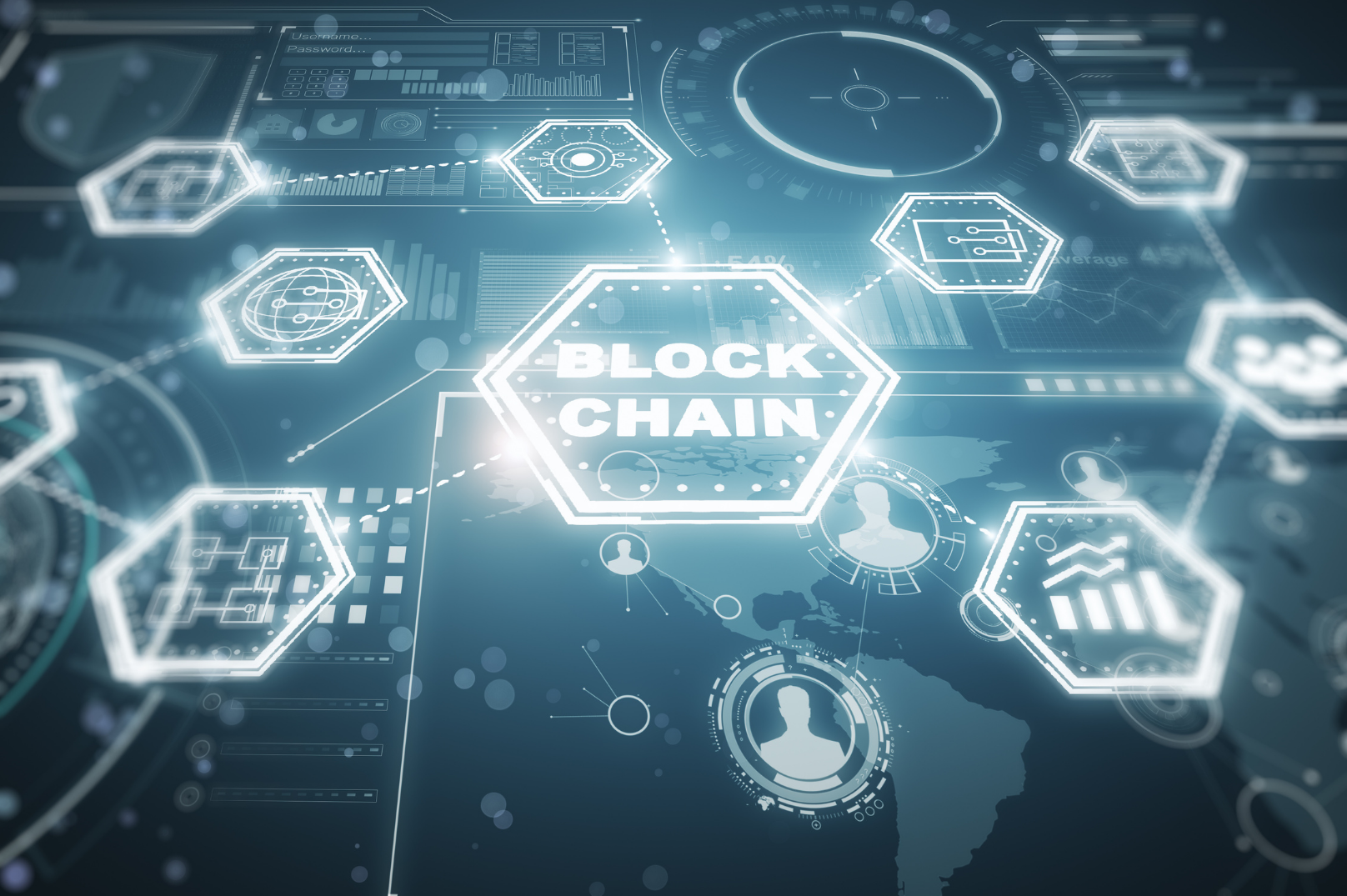
If the evolution from Web 1.0 to Web 2.0 solves two important human needs regarding information exchange: interactivity (via social) and universal accessibility (via mobile), what are the key problems the emerging Web 3.0 era is solving?
While the Social Web has made it easy for anyone to create and share content with each other, that also leads to an inconvenient consequence: a large amount of user-generated data are all controlled by a few social media companies. More and more people are feeling uncomfortable about the way big companies handle and monetize their data. Many people also consider the recent spread of the so-called "cancel culture" where people could be thrown out of the social circle on the web by the tech companies as another manifestation proving the danger of the unwieldy power held by big techs.
The root of the above problem can be attributed to the way we are operating in Web 2.0 - it is based on a centralized model where we have to mostly exchange information or conduct transactions through a third-party intermediary. That intermediary thus held a commanding power on what is passed through it. How do we change that? The rise of blockchain technologies is trying to answer this question.
Blockchain is the core technology behind the famous cryptocurrency Bitcoin, which many consider being the first decentralized digital currency without involving financial intermediaries such as central banks. Even though critics shrug off Bitcoin's currency status, its underlying blockchain technology does provide a proven mechanism that enables transactions to happen in a trustless, decentralized environment. In other words, blockchain technology lays a viable technological foundation to solve the centralization problem in Web 2.0. For example, it is technically possible to rebuild social media platforms on the blockchain and obsolete today's big social media tech companies - resulting in a fundamental change in how user data is owned and controlled. Furthermore, since the Web is in every sector of society, the application of blockchain in the real-economy sectors is expected to deliver a much larger impact on the Web and our society overall.
Because of the unique importance of blockchain in the evolving new Web, some people even equate Web 3.0 with the decentralized web. Gavin Wood and his colleagues at Web3 foundation are among the pioneers advocating this vision for Web 3.0.
Web 3.0 - towards an Artificial Intelligence (AI) and Internet of Things (IoT)-powered web of everything
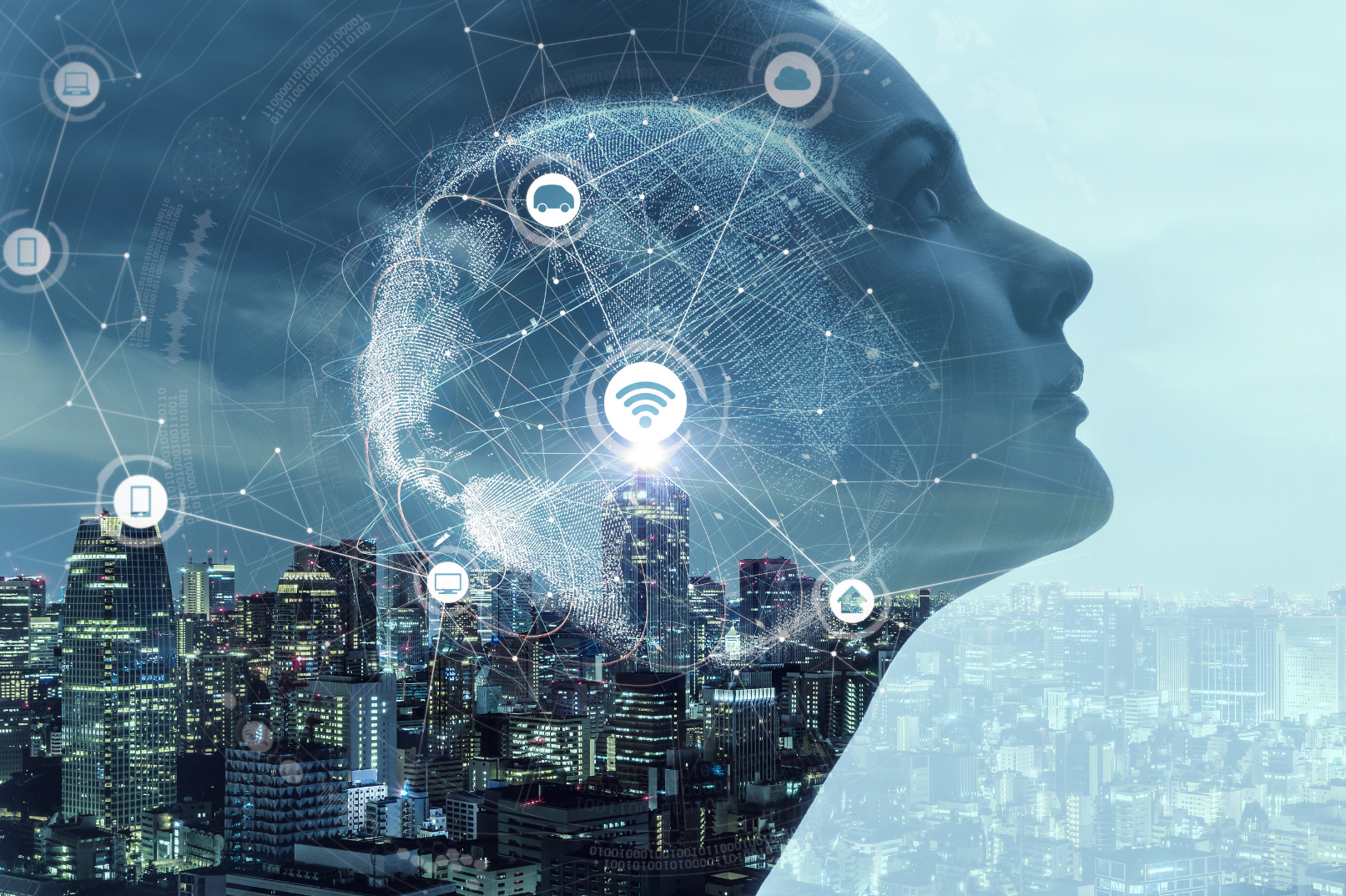
For many people, decentralization and blockchain are not the only defining characteristics of Web 3.0. Instead, Web 3.0 is a much broader concept that includes a suite of other technologies that are also rapidly changing our society, especially those that are extending the web beyond humans.
The Semantic Web planting the seed for a web beyond humans
The early discussion of Web 3.0 can actually be traced back to the turn of the new millennium. In 2001, Sir Tim Berners-Lee, the inventor of the Web, introduced a vision for a Semantic Web. He pointed out that while humans can naturally understand the contents on the web, it is difficult for computers to grasp the meaning of those contents, other than probably grabbing certain keywords out of it. The purpose of a semantic web is to present the contents in a format that is not only human-friendly but also easily understood by computers. If computers can understand the web, they can potentially perform intelligent tasks. In the ensuing two decades as the social and mobile web taking the center stage of Web 2.0, people often refer to the semantic web as a synonym for the future Web 3.0.
The cause for a semantic web hasn't taken off the way it was originally proposed. However, the idea of computers or machines playing an intelligent role in the web planted the perfect seed for a major direction forward, i.e., to expand the web beyond humans.
Internet of Things (IoT) and 5G/6G onboarding real-world objects to the web
The Web is built on top of the Internet, which connects all parties accessing the web. The Internet has been primarily connecting humans in most of the Web 1.0 and Web 2.0 eras. If we call web users webizens, humans are the main webizens in these eras, and we can call them human-centric webs.
But we are in the process of onboarding a new category of users to the Web. Thanks to the advances in the Internet of Things (IoT) technologies, the physical world objects, such as our cars, homes, appliances, etc., are all being connected to the Internet. These connected objects are able to generate and exchange digital information about their status in real-time, much akin to humans writing messages to convey information. IoT enables these objects to be part of the web, along with humans. In fact, the number of these objects easily outnumbers us human webizens! There are already an estimated 22 billion Internet-connected devices by the year 2018, and the numbers are expected to reach 39 billion and 50 billion devices connected to the Internet by 2025 and 2030 respectively.
The onboarding of a large number of connected objects to the Web introduces its own challenges. The sheer number of these connected objects, and the enormous amount of data they produce, require high-speed wireless networks to accommodate them. This is where new telecommunications standards such as 5G and 6G and other wireless technologies come in. These new generations of networks provide an order of magnitude improvements in speed than their prior generation networks. Once the wireless part of the problem is solved. There are still issues concerning the wired part of the network. Data by the connected objects are usually generated near the periphery of the web. It is often very resource-intensive and inefficient to have to send all this data to the cloud for processing under the traditional cloud computing architecture. This is where technologies such as edge computing could help. Basically, edge computing enables data to be processed near where they are needed, thus improving both the response time and saving bandwidth inside the wired network.
Artificial Intelligence supplying the brain for the new class of webizens
So IoT, 5G/6G, and edge computing help connect real-world objects to the Web and become a new class of webizens along with humans. But if all these connected objects do is measuring and transmitting some simple data, e.g., temperature, or receive a command to perform a simple action, such as turning a light on and off, then they are still relatively dumb - even though we often call them smart objects. Humans create, analyze data, and perform all types of complex tasks on the Web. These connected objects cannot become first-class webizen like humans until they gain at least some similar level of sophisticated intelligence.
Fortunately, there is a secret sauce to fill the gap - modern Artificial Intelligence (AI) technology is making machines increasingly competent in more and more human tasks, e.g., from self-driving cars, to natural language analysis and content creation, to the development of new drugs. AI is making breakthroughs in all different domains. In the Web 3.0 era, AI will supply the brain to connected objects on the web, and give them the leap from a dumb object to a real intelligent web user!
Web 3.0 - towards a VR/AR-powered Spatial Web
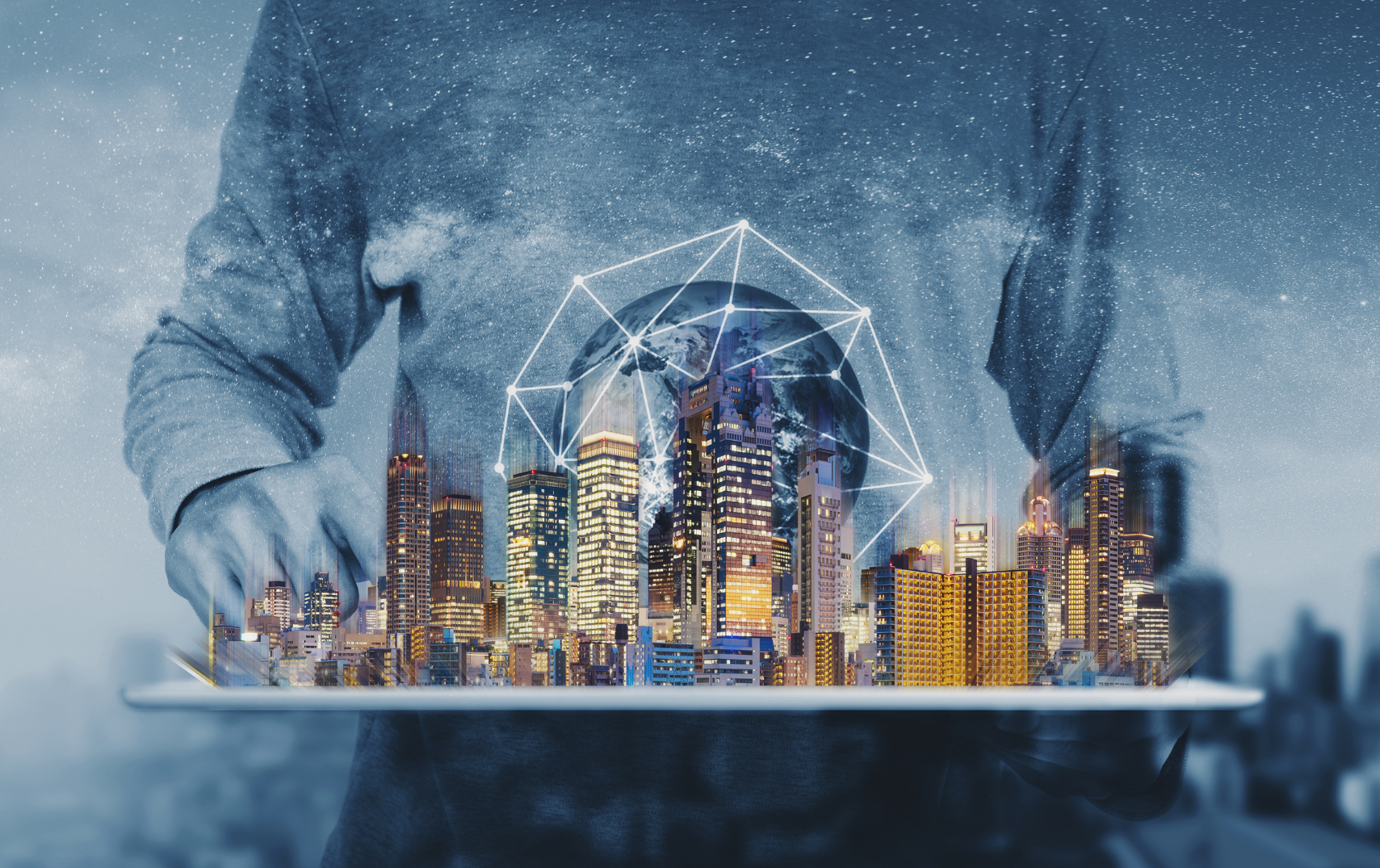
Once we connected AI-powered objects to the web, another important question we have to answer is how to create their digital representation on the web. It is through their digital representation that they interact with other entities on the Web.
Forming a Spatial Web with three-dimensional (3D) digital objects and geo-location information
Notice that real-world objects, e.g., a house, a fridge, or a car, are no longer text documents, images, or videos that exist in a two-dimensional (2D) space. They instead reside along with us in the three-dimensional (3D) world. In the case of a house, if we use a 2D image of the house as its digital version on the web, then we can see what the house looks like. But there is no way for us to have a virtual experience walking inside the house because the image doesn't contain depth information about the real house. The solution? Yes, representing the house in 3D instead of 2D. Existing technologies such as laser scanning are already capable of creating a 3D digital version of real-world objects.
Moving a step further, real-world objects are not only 3D in shape, but also they have their unique geo-location information in the world just like every human does. If we represent objects in the world with both 3D and geolocation information and connect them to the web along with humans, we are effectively creating a digital twin of our physical world on the Web! That is an important vision of Web 3.0. Peter Diamandis, Executive Founder of Singularity University called this a "Spatial web". This concept is echoed by many other people such as Gabriel Rene, author of "The Spatial Web", and Mike Bechtel and his colleagues at Deloitte.
Interfacing with the new web with Virtual and Augmented Reality (VR/AR)
After we have connected the physical objects and created their 3D digital representations on the web, the next natural question is how to interact with them. Just as in Web 2.0 the shift from desktop to mobile redefined the way people access the web, the connected digital objects in the Web 3.0 era demand their own change in the human-Web interface.
Since the start of the Web, people's primary interaction with the web has been through the mouse, keyboard, and touchscreen. We are used to describing information in texts, audio, and videos, then presenting them on a 2D screen, whether it is a computer or smartphone, or tablet. This is a natural progression from consuming information on book pages to that on web pages and has served us well so far.
In a spatial web filled with 3D digital objects, today's 2D screens are no longer compatible and sufficient as a medium for human-Web interaction. To this end, the rapidly developing Mixed Reality (MR) technologies including Virtual and Augmented Reality (VR/AR) are helping fill the gap. VR technologies are able to immerse people in any 3D digital environment regardless of where people are physically located. AR technologies on the other hand can overlay digital information on top of physical objects, providing a hybrid cyber-physical experience.
While VR/AR devices have existed for a long time, it is only in recent years that they start to become both small and affordable enough for the mass. Nowadays, most smartphones also support AR. In fact, many people might have had their first AR experience on their smartphone in 2016 when the Pokémon Go mobile game went viral globally. There are also dedicated VR/AR devices that are able to offer more immersive and sophisticated experiences, such as Facebook's Oculus and Microsoft's Hololens. These VR/AR innovations enable us to use natural ways such as voice and gesture, to interact with 3D digital objects in Web 3.0, similar to how we communicate with them in the physical world.
Conclusion
The Web started in the 1990s as a one-way information publishing platform for a small portion of people during its Web 1.0 era. The first two decades of the new millennium marked its explosive development into Web 2.0, also known as the social and mobile web era. During this period, the web has become a content creation, information sharing, and a universal transaction platform for the mass, thanks to social media, mobile computing, and numerous other technology advancements.
The current roaring 2020s are shaping the next-generation web and solving some of the major problems we see on today's web, notably the monopoly power of a few centralized intermediaries. Blockchain is the core technology for resolving this issue by building a decentralized web. On a different front, the next-generation web is onboarding an enormous number of real-world objects and building a 3D geolocation-equipped digital twin of the world - or a Spatial Web, thanks to IoT and new wireless technologies. Aided by the progress in VR/AR, our interaction with the spatial web will be elevated to a 3D and holograms experience rather than through the 2D screens ubiquitous today. Increasingly more sophisticated AI coupled with a blockchain-based trustless transaction environment enables the object webizens to do more and more things human webizens can or cannot.
Now if we step back and look at how today's Web 2.0 has been made exponentially more powerful than Web 1.0 after the mobile social web unleashed the creativity from the mass of human webizens, we could only imagine how Web 3.0 will be orders of magnitude more potent than today's web 2.0 - when the tens of billions of intelligent object webizens are fully capable of interacting with us on the web!
Special note: rethinking the role of blockchain and AI in Web 3.0
Combining the three themes discussed above, the vision for Web 3.0 can be summarized as a decentralized, intelligent, spatial web connecting humans and the digital twin of the physical world. As we start to consider all these themes of Web 3.0 together, it becomes important to think through their underlying relationship that are not obvious when examined individually.
The blockchain-powered decentralized web theme of Web 3.0 stems from the desire to replace the centralized data control model today. This, on the surface, has little to do with other themes of Web 3.0 - the transition to an intelligent and spatial web. But that is actually not the case.
First, the data control paradigm shift enabled by blockchain will clearly affect the massive amounts of data generated by the intelligent objects on the spatial web as well. In other words, the decentralized web not only solves the data problem for the human webizens, but also for the new class of object webizens. That is very significant given that intelligent objects will generate far more data than humans.
Second and more importantly, the full potential of the spatial web lies in the capability of tens of billions of intelligent objects interacting with each other and with humans. To this end, a centralized transaction model with intermediaries is likely not even feasible from an engineering scalability perspective. This means the number of network participants in Web 3.0 is so large that centralized entities simply do not possess enough resources to support all the transactions that need to go through them. Therefore, a decentralized model is a natural evolution and this is exactly what blockchain provides. In this sense, blockchain is not just a good-to-have technology for solving the data-centralization problem in the social web but actually a must-have technology to unlock the full potential of web 3.0.
If we think of AI as providing intelligent objects their brain for "decision making", then blockchain can be thought of as providing the intelligent objects a direct and trustless execution infrastructure to conduct transactions with other parties. In other words, the united power of AI and Blockchain is what would finally qualify this new class of object webizens to stand shoulder-by-shoulder with humans as first-class citizens on the next-generation Web.
Note: this article is part of my Introduction to Blockchain, Crypto, Metaverse and Web3: Beyond the Hype. You may find the rest of the articles in the series here.
